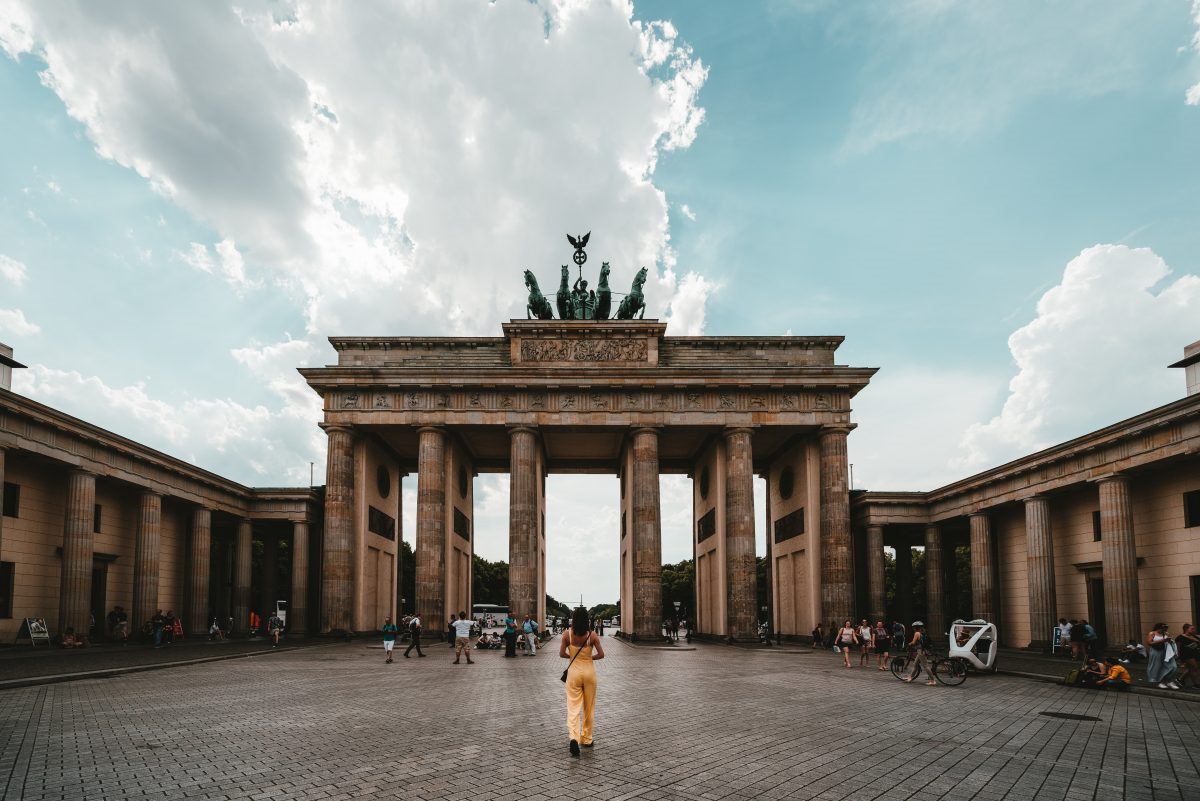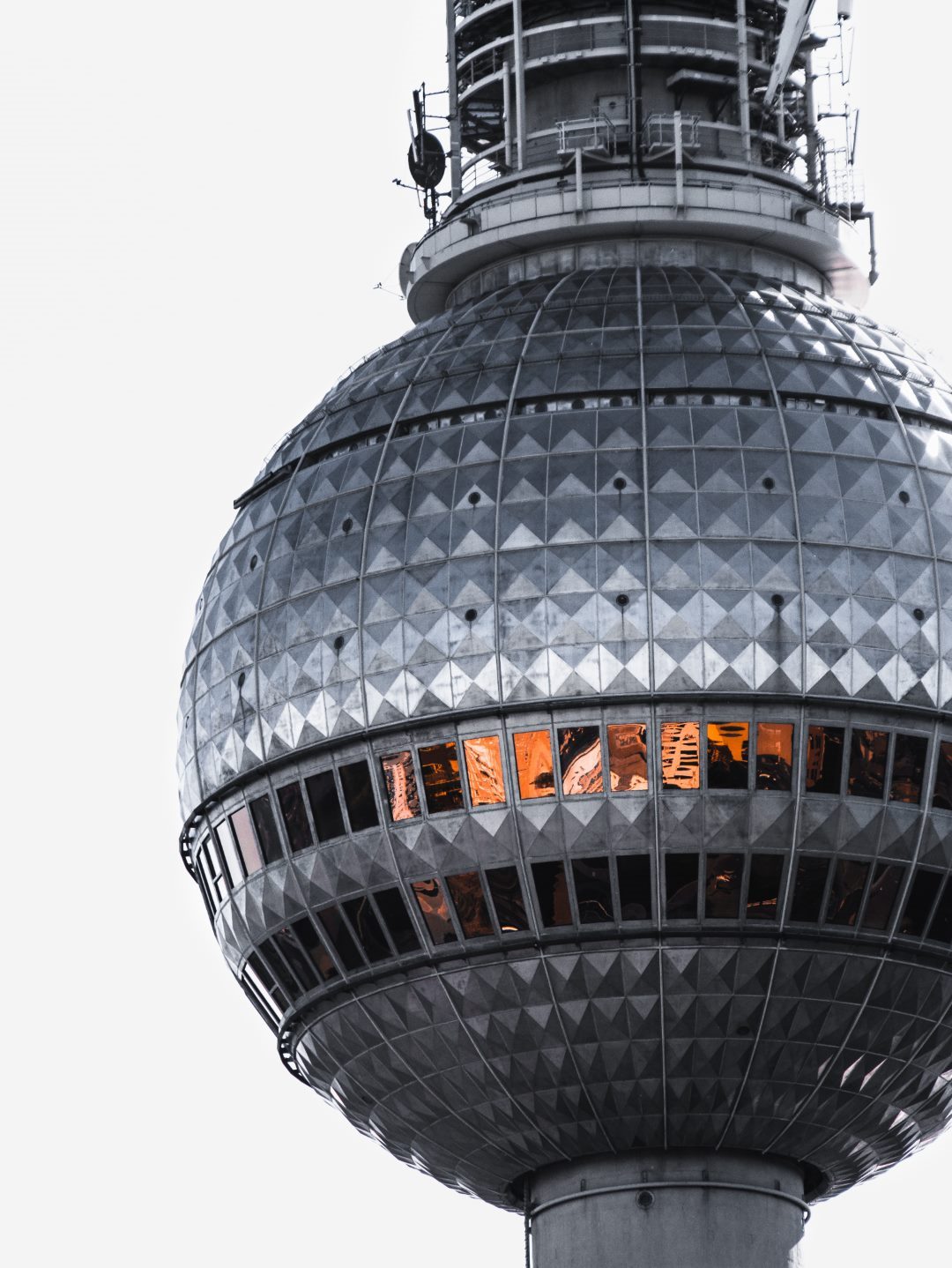Berlin is a city with an incredibly rich history, stunning architecture, and a unique culture that attracts millions of visitors every year. And what better way to explore this fascinating city than on foot? Walking tours are the perfect way to discover the hidden gems, iconic landmarks, and vibrant neighborhoods of Berlin. In this post, we’ll introduce you to the 2 best walking tours in Berlin that are guaranteed to provide you with an unforgettable experience. So put on your comfortable shoes, grab your camera, and let’s discover the best of Berlin together!
The 2 Best Walking Tours in Berlin
The 2 Best Walking Tours in Berlin
1. Berlin: Neukölln Today – Culture Walking Tour

Gain an authentic insight into the contemporary cultural life of Neukölln on this fun 2-hour walking tour. Discover why Neukölln is the new vibrant district of Berlin and explore the hip bars and most amazing cultural spots it has to offer. Let your local guide show you all the hidden gems of this lively and lovely district as you stroll along Sonnenallee, the new Arabic heart of Berlin with Syrian restaurants, oriental markets, barbershops, and hookah lounges.
Arrive in the pulsing center of Neukölln to see the beautiful old town hall and visit various contemporary art sites of the district such as a former brewery building transformed into an artistic hot spot. Finally, enjoy the breathtaking panoramic view from an urban rooftop, one of the most impressive views over the district. Join us for an unforgettable cultural walking tour of Neukölln today!
2. Walking Tour Kreuzberg Off the Beaten Track

Explore the vibrant district of Kreuzberg like a local with a knowledgeable guide. On this walking tour, you will escape the crowds and discover little-known landmarks while strolling around scenic parks and gardens. Admire the street art along Oranienstraße, visit the lively Turkish market, and get insider tips and recommendations for where to eat, drink, and shop. Pickup is available from your Berlin hotel or you can meet your guide directly at Moritzplatz, a convenient stop for public transportation. This is a private tour, ensuring a personalized experience for you and your group. Sit back and enjoy a cup of coffee or tea as you immerse yourself in the dynamic atmosphere of Kreuzberg.
Frequently Asked Questions About Berlin
Berlin is the capital city of Germany and a popular destination for tourists from all over the world. With its rich history, culture, and modern attractions, it’s no surprise that visitors have many questions about this fascinating city. In this post, we will answer some of the most frequently asked questions about Berlin.1. When is the Best Time to Visit Berlin?
Berlin has a lot to offer year-round, but the best time to visit depends on what you want to see and do. The summer months of June through August are the most popular for tourists, with warm weather and plenty of outdoor events and activities. However, the crowds can be quite large, and prices can be higher.If you prefer cooler weather and fewer crowds, consider visiting in the spring or fall. The shoulder seasons of April to May and September to October can be ideal for sightseeing, as the weather is pleasant and many attractions are less busy. Winter can also be a great time to visit for those interested in holiday markets, ice-skating, and other festive events.2. What is the Currency in Berlin?
The currency in Berlin is the Euro (€). It is a common currency used throughout Europe, and most places in the city accept credit cards. It is a good idea to bring cash or a credit card with a low foreign transaction fee, as some smaller shops and street vendors may only accept cash.3. How Do I Get Around Berlin?
Berlin has an excellent public transportation system, which includes buses, trams, and a subway system called the U-Bahn. You can purchase individual tickets or day passes, but it’s most cost-effective to get a multi-day pass if you plan to use public transportation frequently. Taxis and ride-sharing services are also available, but they can be more expensive.4. What Are Some Top Attractions in Berlin?
Berlin has many notable attractions for visitors, including:- The Brandenburg Gate: This historic gate is a symbol of Berlin and the reunification of Germany.– The Berlin Wall: The remains of the wall are a poignant reminder of the city’s history and divided past.
– Museum Island: This area of the city houses several world-class museums, including the Pergamon Museum, the Alte Nationalgalerie, and the Bode Museum.
– Checkpoint Charlie: This former crossing point between East and West Berlin has a museum dedicated to its history.
– The Reichstag: The German parliament building offers impressive views of the city, and visitors can tour the interior.
5. What Should I Eat in Berlin?
Berlin has a thriving culinary scene, with many restaurants and street vendors offering traditional and modern dishes. Some popular foods to try include:- Currywurst: A sausage dish smothered in tomato sauce and curry powder– Döner: A Turkish-style sandwich made with grilled meat, vegetables, and sauce
– Weisswurst: A traditional Bavarian sausage served with sweet mustard and soft pretzels
– Schnitzel: A breaded and fried cutlet of meat, usually served with potatoes or sauerkraut
– Berliner: A jelly-filled doughnut, often eaten for breakfast or as a snack
6. Is Berlin a Safe City to Visit?
Like any big city, Berlin has some areas that can be less safe than others. However, overall, the city is considered safe for tourists. As with any destination, it’s a good idea to take precautions like avoiding unlit areas at night and keeping valuables out of sight.7. What Languages Are Spoken in Berlin?
The official language in Berlin is German, but many people in the city speak English fluently, especially in tourist areas. Other languages that are commonly spoken include Turkish, Russian, Arabic, and Polish.8. What is the Nightlife Like in Berlin?
Berlin is known for its vibrant nightlife, with many bars, clubs, and music venues throughout the city. Some of the most popular areas for nightlife include Kreuzberg, Friedrichshain, and Neukölln. However, it’s important to note that some venues can be quite exclusive, and the bouncers may not let you in if you don’t meet their dress code or other criteria.Conclusion
Berlin is a fascinating city with much to offer visitors. By considering these frequently asked questions, you can better plan your trip to this iconic destination. Whether you want to explore the history and culture of the city, sample its culinary delights, or enjoy its nightlife, Berlin is sure to impress.Table of Contents

